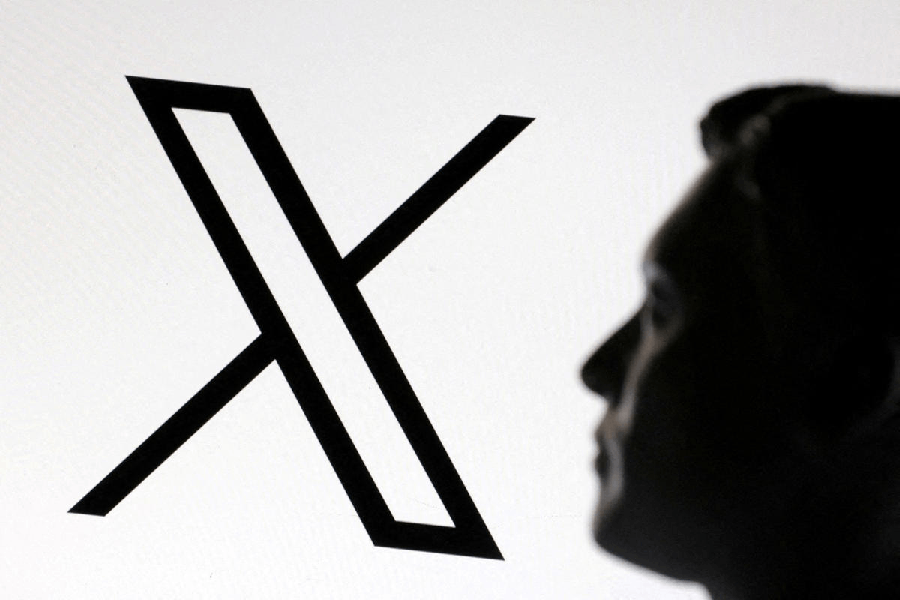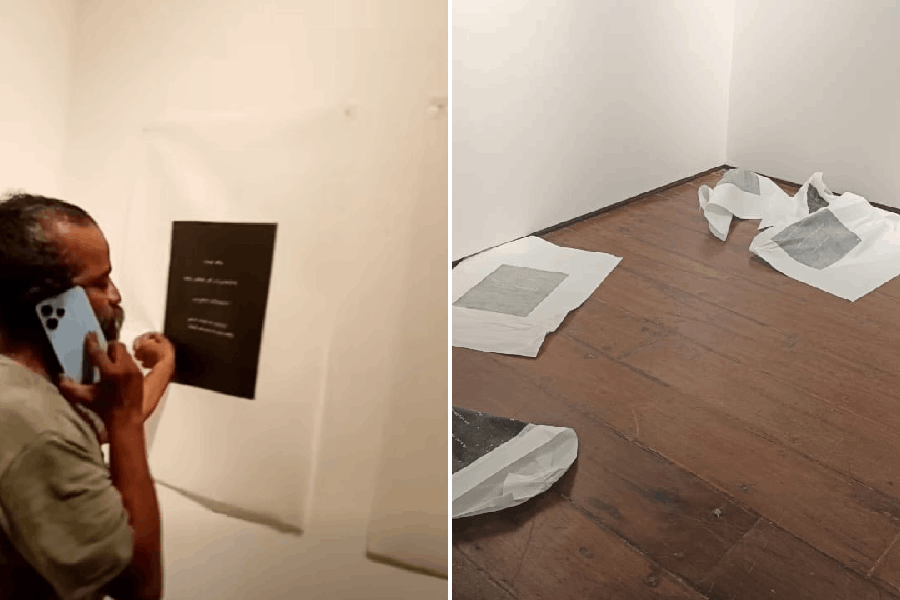 |
| Unfair deal |
New Delhi, Jan. 22: Dermatologist Hemangi Jerajani was initially puzzled by the face of the nine-year-old girl in her Mumbai clinic.
The child’s facial skin appeared unnaturally thin and crimson-hued blood vessels were visible under her swollen cheeks.
But this was no mystery. Jerajani learnt within minutes that the child’s mother had been applying a cream on her daughter’s face for several weeks in the expectation that it would keep her fair complexion intact.
Jerajani, who is the president of the Indian Association of Dermatologists, may have encountered what some doctors believe could be among India’s youngest patients suffering the adverse effects of the quest for light skin.
“It left me stunned,” Jerajani said. “I was thinking about a medical disorder, perhaps a congenital condition, but the mother appeared to take pride in telling me that she was using a skin whitening cream,” Jerajani said.
Dermatologists are worried at what they believe is widespread abuse of fairness creams, including some that contain potentially harmful steroids, by consumers across the country in their efforts to turn fairer.
“It is a nationwide pattern — we see only small variations in the levels of abuse from place to place,” said Saumya Panda, a senior consultant dermatologist in Calcutta, and executive editor of Indian Journal of Dermatology.
Panda recalled the case of a 25-year-old newly married woman who had recently walked into one of his clinics with a complaint of excess hair on her face. She had applied a steroid-based cream on her face off-and-on for nearly a decade.
Most available information about abuse is based on anecdotal accounts, but the concerns have prompted dermatologists to launch a nationwide study to examine damage caused by topical steroids on the faces of patients seeking lighter skins.
The study, which involved about 20 institutions and is yet to be published, suggests that the abuse of topical steroid creams is “rampant” and consumers acquire creams mainly through self-medication, but sometimes through chemists or doctors.
Doctors are particularly worried about the abuse of creams that contain a potent steroid called clobetasol or a bleaching compound called hydroquinone. Both have legitimate uses in dermatology, but not for lightening the colour of skin.
“Clobetasol is such a powerful steroid it should not be used on the face at all,” said Shyam Verma, a senior dermatologist in Vadodara. The steroid is primarily used in treating inflammatory disorders, but one of its side effects is lightening the skin.
“You do not find clobetasol in creams branded as fairness creams. But creams with clobetasol intended for inflammatory disorders are abused by patients as fairness creams,” he said.
Creams with hydroquinone can lead to a condition called paradoxical hyperpigmentation — an effect of the compound that makes the skin appear darker than what it was, he said.
Verma said he encounters women and men suffering from the side effects of face creams each week. One recent victim, he said, was a 24-year-old woman who had visited Kenya on a holiday where a friend had recommended a fairness cream.
He said she came to his clinic with the typical changes associated with the use of creams containing clobetasol — patchy depigmentation, blood vessels visible, acne, and a face appearing worse than it was earlier without the cream.
Dermatologists say it is unclear what proportion of consumers are aware that the constitutive fundamental skin colour cannot be irreversibly altered through such creams.
Doctors also point out that the widespread violation of rules that govern medical prescriptions across the country is fuelling the abuse of many medicines, including facial creams.
“Once we prescribe a product — that’s it — we lose control over how it is used,” said Vinod Sharma, head of dermatology at the All India Institute of Medical Sciences in New Delhi. “Patients can buy it from a chemist as often as they want.”
Jerajani said the Indian Association of Dermatologists was examining the possibility of launching a public education initiative to inform people about the possible risks of fairness creams — either through its website or through its 6,000 members.
Doctors in the US too have reported similar findings. US dermatologists are seeing women of Hispanic and African descent, among others, with severe side effects from the misuse of skin-lightening creams, the New York Times has reported.











